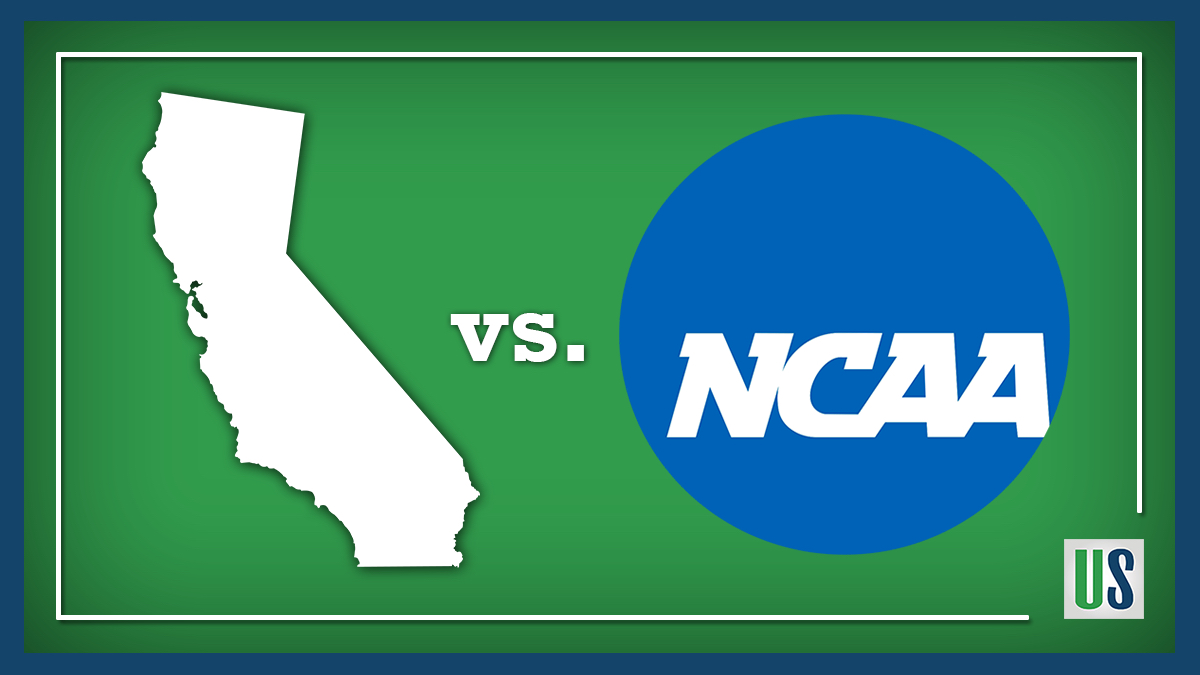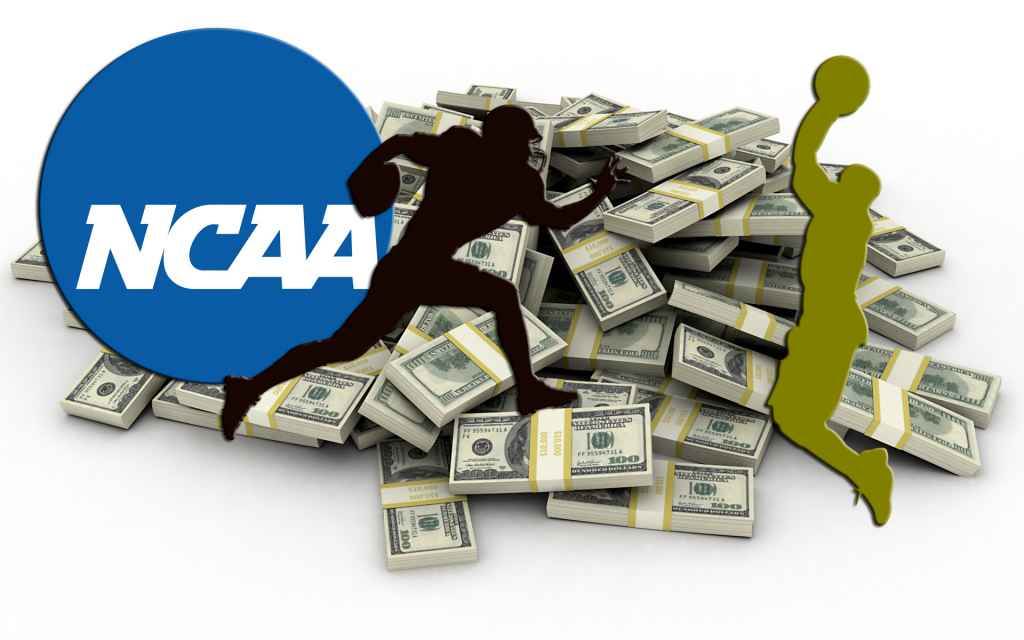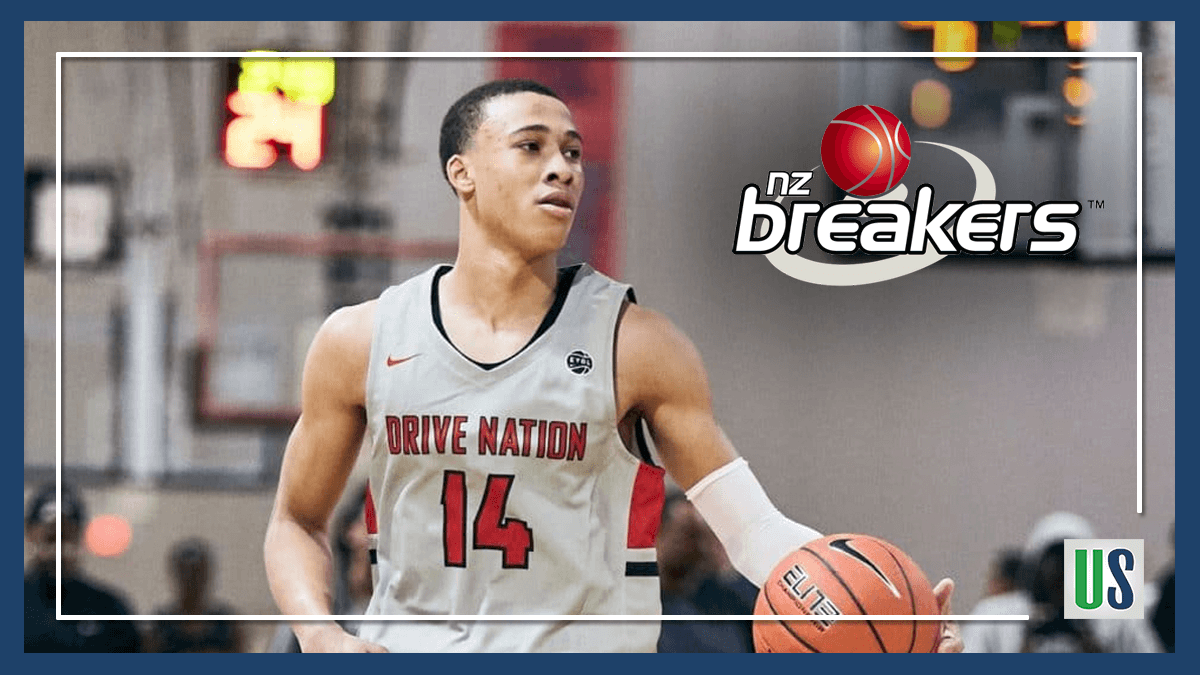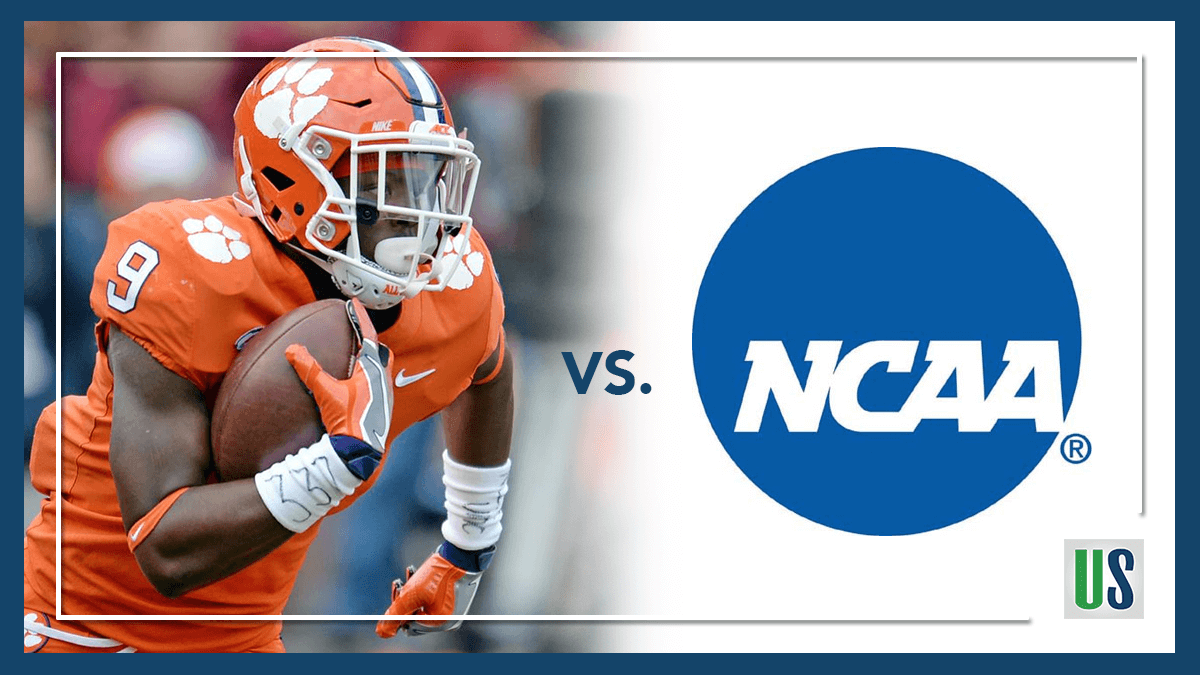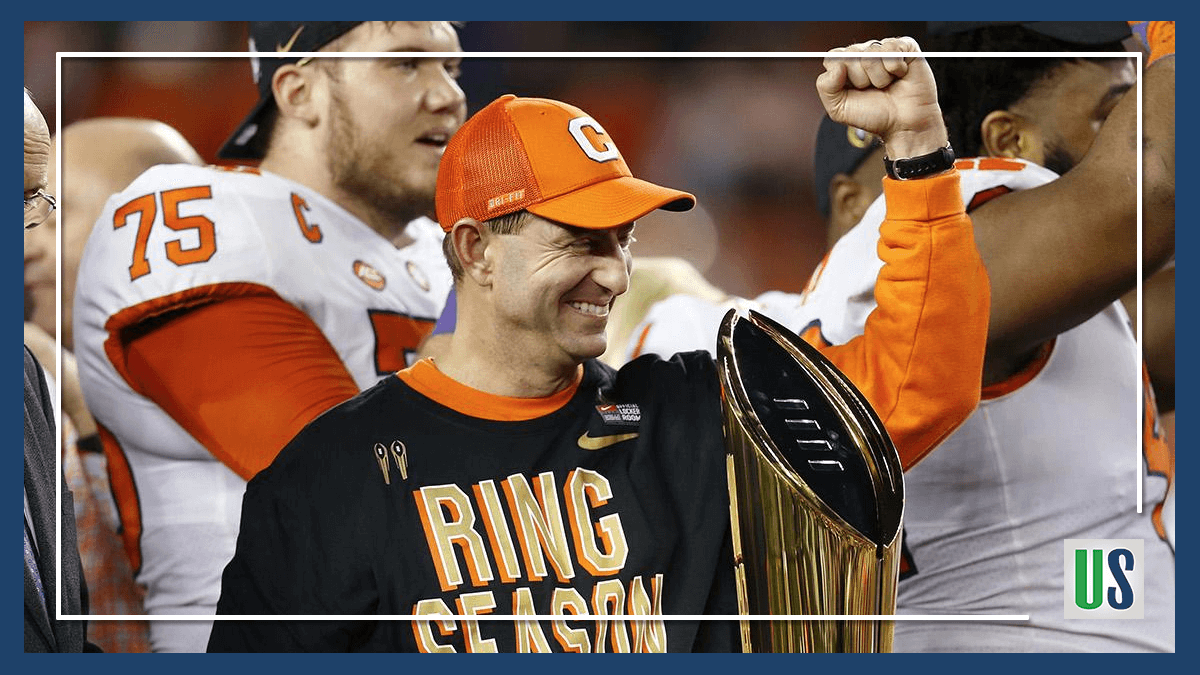California is currently the hotbed for the pay-for-play debate in college sports. This is due to the Fair Pay to Play Act that is currently before the California state legislature. Two California state senators have taken action against the injustices that plague the current college sports system. Those senators are Nancy Skinner and Steven Bradford. Senators Skinner and Bradford introduced the Fair Pay to Play Act in hopes of creating a more equitable system for college athletes and particular NCAA athletes in California. The bill seeks to give those college athletes the ability to profit from the commercial use of their name, image, and likeness (NIL). The athletes would also be able to sign with agents. The Fair Pay to Play Act has the potential to completely change the landscape of college athletics and the NCAA.
The Current Landscape of College Athletics
Currently, college athletes are not permitted to profit from their NIL for athletically related activities. Despite the NCAA’s best efforts to steer everyone away from this fact, college sports are a billion-dollar industry. Everyone gets rich except the players. Conferences and college sports officials garner billion-dollar television broadcasting deals. Coaches, athletic directors, and conference commissioners negotiate million-dollar salaries. Meanwhile, the athletes are limited to a cost-of-attendance scholarship and are prohibited from profiting from their name, image, and likeness. If an athlete seeks to make such a profit, the athlete will be deemed ineligible for competition by the NCAA. How is this fair? The answer is that it is not fair. The Fair Pay to Play Act seeks to remedy that injustice.
On Monday, the California State Assembly unanimously passed the bill 72-0. The bill will now go back to the State Senate for another vote. The bill was amended after it was originally passed in the State Senate. If the bill is passed again in the State Senate, it will go to Governor Gavin Newsome’s desk.
Governor Newsome should sign the bill into law because the Fair Pay to Play Act has the ability to create a more equitable system for college athletes in California. If signed into law, the bill will greatly benefit all college athletes attending school in California. However, the bill could have a profound effect on black college athletes; particularly those who come from disadvantaged backgrounds. The Fair Pay to Play Act could create an entirely new revenue stream for such athletes by allowing them to acquire a better quality of life not dependent on making it in professional sports.
The Make-up of the Labor Force that Drives the Billion-Dollar Industry
The two sports that generate the bulk of the revenue in college athletics are Division I Football and Division I Men’s basketball. An overwhelming majority of the athletes participating in those sports are African American. In 2018, roughly 48 percent of Division I football players were African American. In 2018, roughly 56 percent of Division I Men’s basketball players were African-American. Even in Division I Women’s basketball, 47 percent of the participants were African-American. Many of these players come from disadvantaged backgrounds and some live in poverty.
Roughly 86 percent of African-American college athletes come from families that live below the poverty line. Generally, many college athletes live at or below the federal poverty line. The National College Players Association conducted a study that compared the room and board portion of each school’s full athletic scholarship to the 2011 federal poverty line. The study found that 85 percent of on-campus athletes and 86 percent of off-campus athletes lived below the federal poverty line. It is true that college athletes are now given cost-of-attendance stipends. However, in many cases, the cost-of-attendance stipend is not enough for athletes to take care of themselves and their families.
The Cost-of-Attendance Stipend is Simply not Enough
In January 2015, the Power 5 conferences voted to allow college athletes to receive cost-of-attendance stipends. Each school calculates the amount of their cost-of-attendance stipend by considering variables like transportation, tuition and fees, books, and personal expenses. Many college athletes use these stipends to support themselves and their families. For example, Deion Hair-Griffin played receiver for North Texas. He received approximately $3,136 as his cost-of-attendance stipend, which he used to help his mother. His mother sacrificed her food and struggled to pay bills so that her son could play football. Once Deion received the stipend he was able to alleviate some of his mother’s financial stress.
Similarly, Van Smith who played football at Clemson used part of his $388 monthly stipend to cover part of his younger brother’s high school football expenses. Myles Gaskins, who played football for the University of Washington, argued that the stipends are still not enough. Gaskins pointed out that the stipend amount would lead athletes to live below the poverty line due to the high rent cost in Seattle. The stipends have been beneficial to college athletes. However, it is still not enough. This is especially true for college athletes who come from poverty. The implementation of the Fair Pay to Play Act and cost-of-attendance stipends will vastly improve the lives of impoverished college athletes in California.
While the Benefit may not be the Same for all Athletes, all Athletes Stand to Benefit
Opponents of the Fair Pay to Play Act argue that the outcome of the bill will not be successful because it will not benefit all athletes. They argue that the bill will only prove beneficial to the highly sought after elite athletes. However, it is very likely that lower-profile athletes will benefit from this bill as well. Simply having the opportunity to garner an endorsement deal is a benefit. This benefit can go a long way for athletes who come from poverty. Let’s consider the perspective of two former college athletes on the issue of how beneficial the Fair Pay to Play Act will be to college athletes.
Former College Athletes Perspective on the Fair Pay to Play Act
Greg Camarillo is a former Stanford University football player who supports the bill. Mr. Camarillo stated that he is not sure that the bill would have benefited him because he was not a high profile athlete in college. However, he acknowledged the possibility of local businesses giving lower-profile athletes endorsement deals. Mr. Camarillo stated that in his view endorsements are the most realistic way for college athletes to receive payment because most schools cannot afford to pay athletes. He also stated that colleges should not have the power to take away college athletes’ ability to profit from their name, image, and likeness.
Travis Johnson is a California native and former Florida State football player. He believes that finding a way to pay college athletes is long overdue. Mr. Johnson recalled instances where athletes did not have enough money to buy groceries or to travel home for the holidays. He acknowledged that an extra $1,000 per month would go a long way. Mr. Johnson suggested that when a company is interested in endorsing the star linebacker, the company offer some type of deal to each player on the line. That way, even the lower-profile players will have an opportunity to benefit from the Fair Pay to Play Act. This bill could lead to the creation of such a system.
With the Fair Pay to Play Act, College Athletes will not Feel so Pressured to Turn Pro and Degree Completion will Likely Increase
Many college athletes leave school early for the pros because they are desperate to change their social-economic status. While some may wish to remain in college, they feel that they cannot afford to. The Fair Pay to Play Act has the ability to alleviate that stress by creating an avenue for college athletes to garner extra income. Furthermore, the Fair Pay to Play Act will provide financial opportunities for athletes who do not make it to the pros.
Approximately 4 percent of college basketball players were selected in the 2018 NBA draft and approximately 4 percent of college football were selected in the 2018 NFL draft. This means that only a small fraction of college athletes are given the opportunity to receive the true value of their athletic worth. Due to the NCAA’s rules, most college athletes miss their opportunity to take advantage of their skills when they are the most marketable. This simply is not right. The Fair Pay to Play Act can change this by giving all college athletes the ability to profit from their athletic abilities during their prime years in college.
Opening the door for college athletes to sign endorsement deals, receive compensation from jersey sales and signed memorabilia, and to receive guidance from an agent while in college would dramatically improve the lives of college athletes, especially those who come from poverty. It would essentially create an avenue where college athletes can use their athleticism to build wealth while pursuing their education. Thus, equipping impoverished college athletes with the two most pertinent things needed to get out poverty – money, and education. Therefore, the Fair Pay to Play Act should be signed into law if and when it reaches Governor Newsome’s desk.

